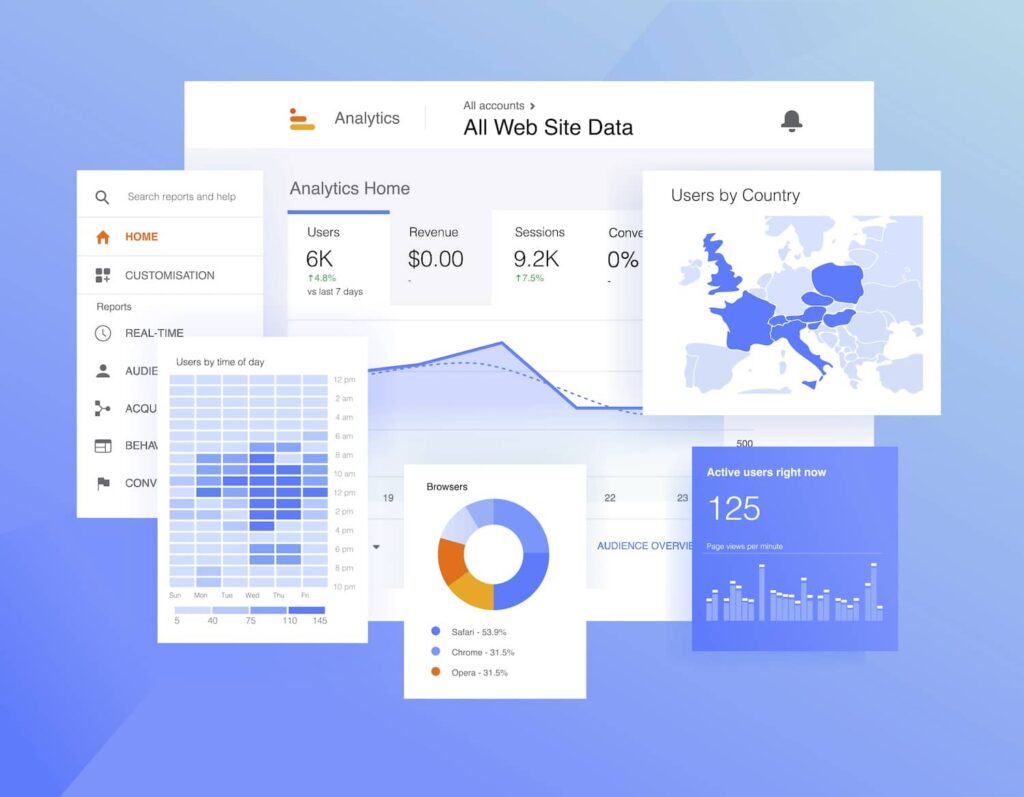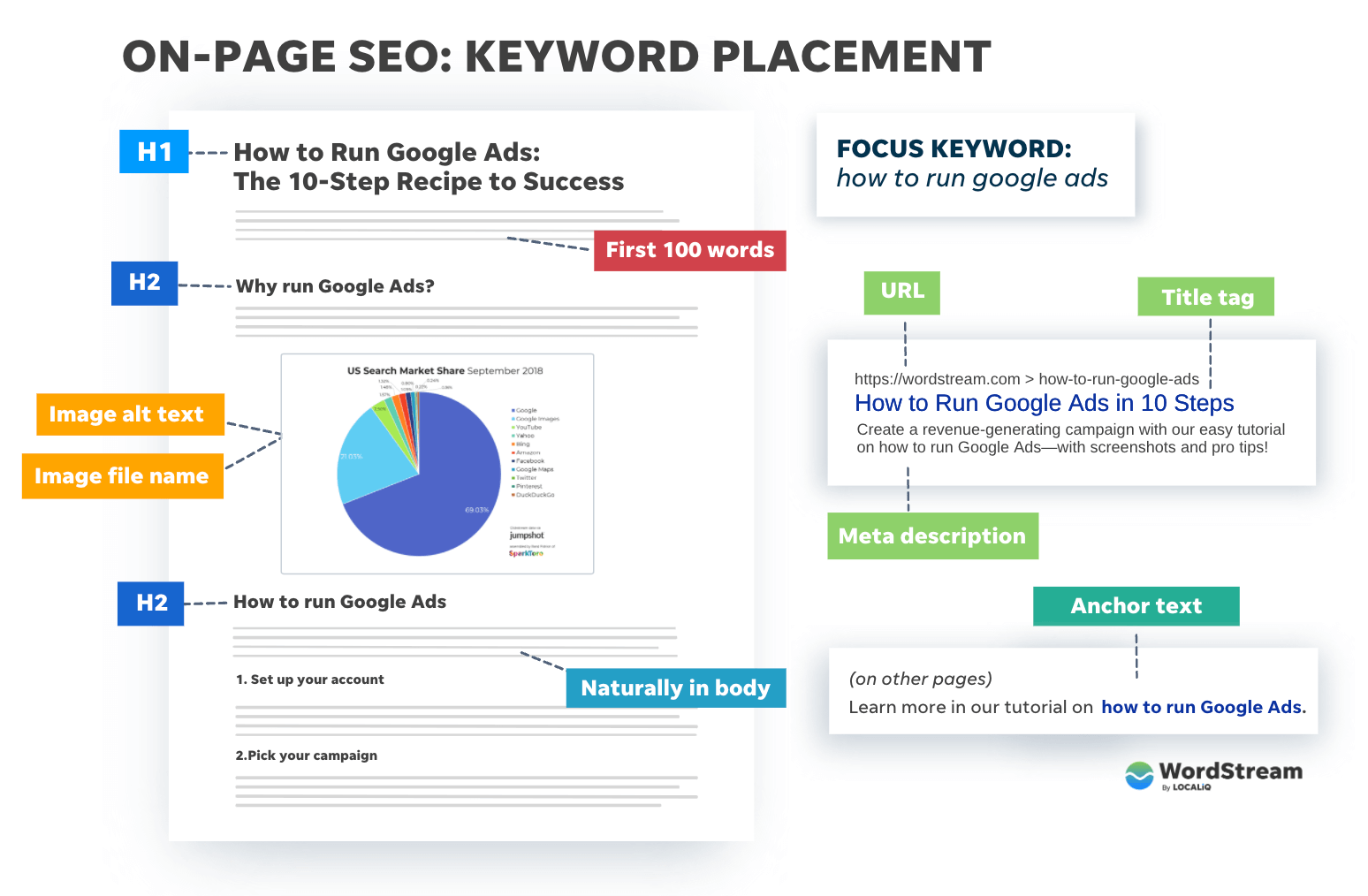Understanding Secondary Dimensions in Google Analytics: Their Significance and Reliable Usage
Understanding Secondary Dimensions in Google Analytics: Their Significance and Reliable Usage
Blog Article
Revealing the Influence of Secondary Dimension in Google Analytics on Data Analysis and Insights
In the world of data analytics, the usage of additional measurements within Google Analytics has arised as a critical device for extracting much deeper insights and unraveling complicated patterns that could or else continue to be obscured. By peeling back the layers of key information collections, second dimensions use a nuanced perspective that enhances the understanding of individual habits, website efficiency, and the effectiveness of advertising methods.
Discovering the Concept of Second Measurements
Secondary dimensions in Google Analytics offer additional understandings by permitting users to examine main information along with an additional attribute. This attribute enables a more detailed understanding of the key data by including an additional layer of info for analysis. By integrating secondary dimensions, individuals can dig deeper into the information and reveal useful connections that may or else go unnoticed. By matching the key information of site web traffic with secondary dimensions like demographics or behavior, marketers can obtain a much more comprehensive sight of their target market and tailor their approaches appropriately.
Recognizing the idea of second dimensions is crucial for optimizing the capacity of Google Analytics. It permits users to section information effectively, recognize patterns, and make educated decisions based on a much more complete image of their analytics information. By discovering the various secondary measurements available in Google Analytics, users can unlock new insights and maximize their electronic marketing efforts. Essentially, additional measurements work as an effective device for enhancing data analysis and driving actionable results.
Enhancing Data Interpretation With Secondary Measurements
Having developed the fundamental understanding of secondary measurements in Google Analytics and their essential function in information analysis, the focus now changes towards leveraging these additional credit to boost the analysis of analytics data (what is a secondary dimension in google analytics). By incorporating second dimensions right into data evaluation, analysts can acquire deeper understandings into customer habits, web site performance, and advertising and marketing efficiency

Moreover, secondary dimensions help in contextualizing primary information metrics by offering additional layers of details. This contextualization aids in recognizing the 'why' behind the information trends, aiding analysts make notified choices and optimizations to boost general performance. Inevitably, including additional dimensions improves the data analysis procedure, causing even more meaningful understandings and calculated actions.
Discovering Hidden Insights With Additional Measurements
Exploring the depths of analytics information with secondary measurements exposes valuable insights that would otherwise remain obscured. By including secondary dimensions in Google Analytics, organizations can discover surprise patterns, trends, and connections that provide an even more thorough understanding of individual actions and web site performance. These added layers of data permit analysts to dive much deeper into the main dimensions, such as web traffic resources or touchdown pages, and acquire an extra nuanced perspective on just how different variables communicate with each various other.
Via making use of additional measurements, experts can segment and compare data throughout numerous measurements, allowing them to determine particular variables that affect user engagement, conversion rates, and general success metrics. By matching the primary dimension of 'device classification' with the additional dimension of 'age team,' marketing experts can pinpoint which age demographics prefer accessing the website with mobile tools versus desktop computers. This degree of granularity encourages organizations to make data-driven choices and maximize their approaches for far better outcomes. Eventually, discovering surprise understandings via second measurements improves the depth and precision of information evaluation, causing more informed decision-making and improved efficiency outcomes.
Leveraging Second Measurements for Actionable Analytics
Structure upon the insights unveiled with additional dimensions in Google Analytics, businesses can now harness this enriched information landscape to drive actionable analytics and calculated decision-making. By leveraging secondary measurements, companies can dive much deeper into their data to remove important patterns, fads, and correlations that may have previously gone undetected. This deeper degree of evaluation makes it possible for companies to gain a more extensive understanding of customer habits, project performance, and total internet site efficiency.
One trick advantage of making pop over to this site use of second measurements for actionable analytics is the capability to segment data based upon particular criteria. This division permits companies to tailor their projects and techniques to various audience groups, resulting in a lot more targeted and efficient advertising and marketing initiatives - what is a secondary dimension in google analytics. Furthermore, second measurements offer a more alternative sight of customer communications, allowing organizations to enhance their internet site content, layout, and general user experience
Making Best Use Of Decision-Making With Second Measurements
To improve calculated decision-making in analytics, leveraging additional measurements in Google Analytics can offer a much more nuanced perspective on user actions and project efficiency. By incorporating additional measurements into data evaluation, businesses see this page can dive deeper into the specifics of their internet site visitors' interactions and engagement patterns. This added layer of information enables for a more thorough understanding of how different variables, such as demographics, devices, or website traffic sources, influence key performance signs.

Verdict
Finally, making use of secondary dimensions in Google Analytics plays an important function in boosting information evaluation and discovering surprise understandings. By exploring this principle, one can acquire a deeper understanding of individual habits and make notified choices based upon workable analytics. Leveraging second dimensions enables a special info more comprehensive analysis of information and takes full advantage of the effectiveness of decision-making processes.

Report this page